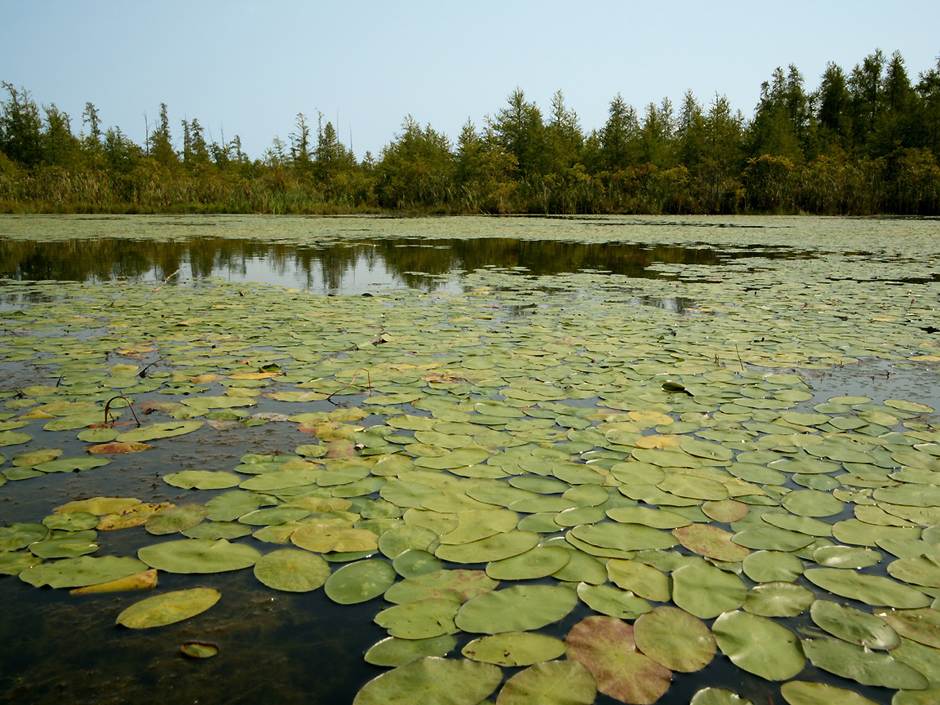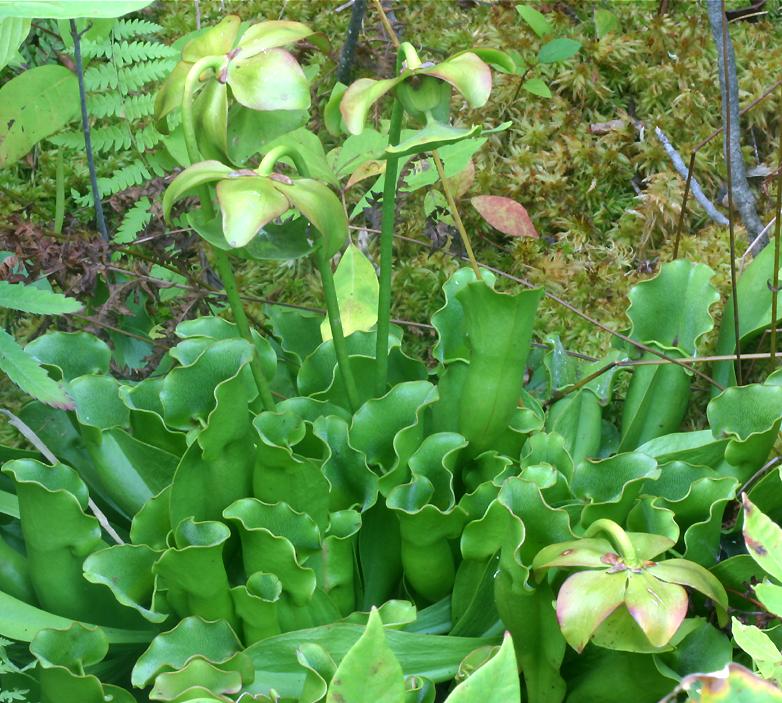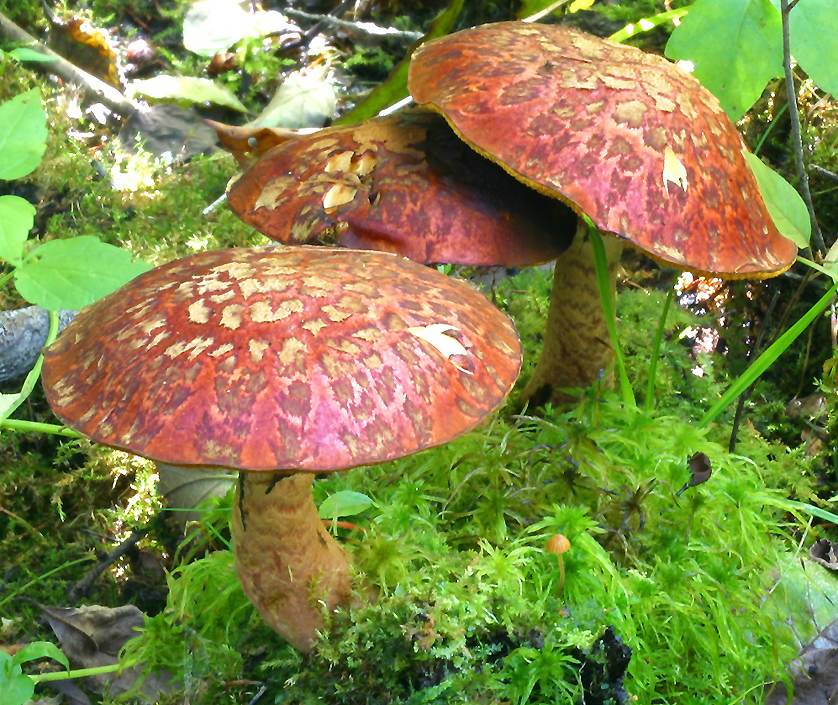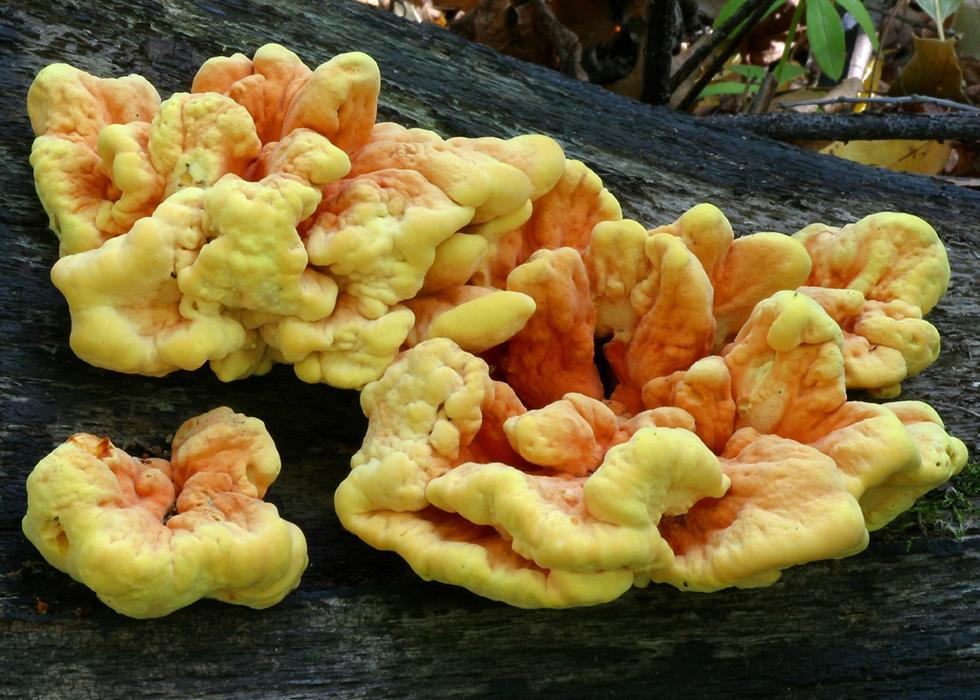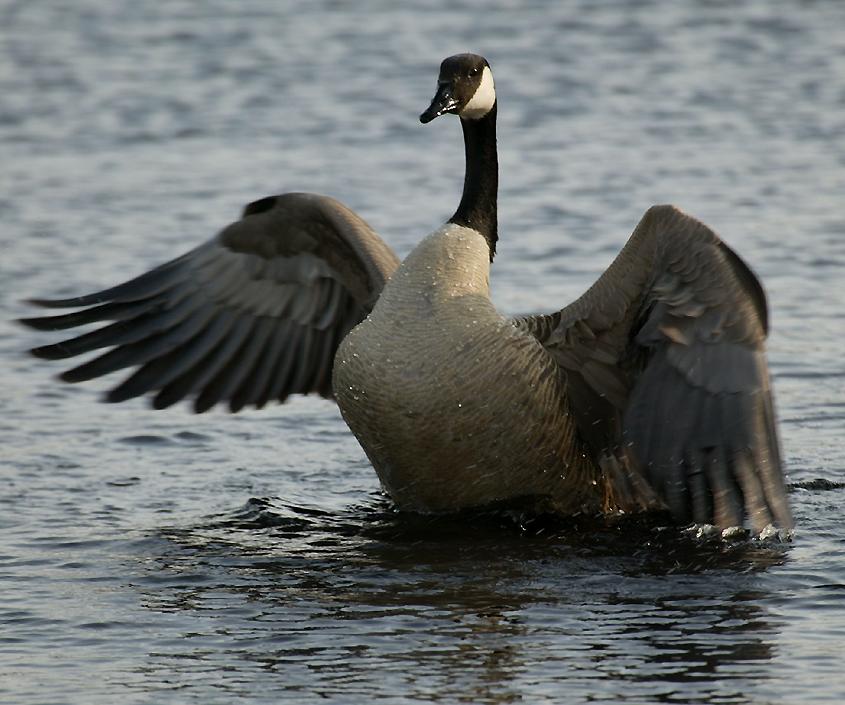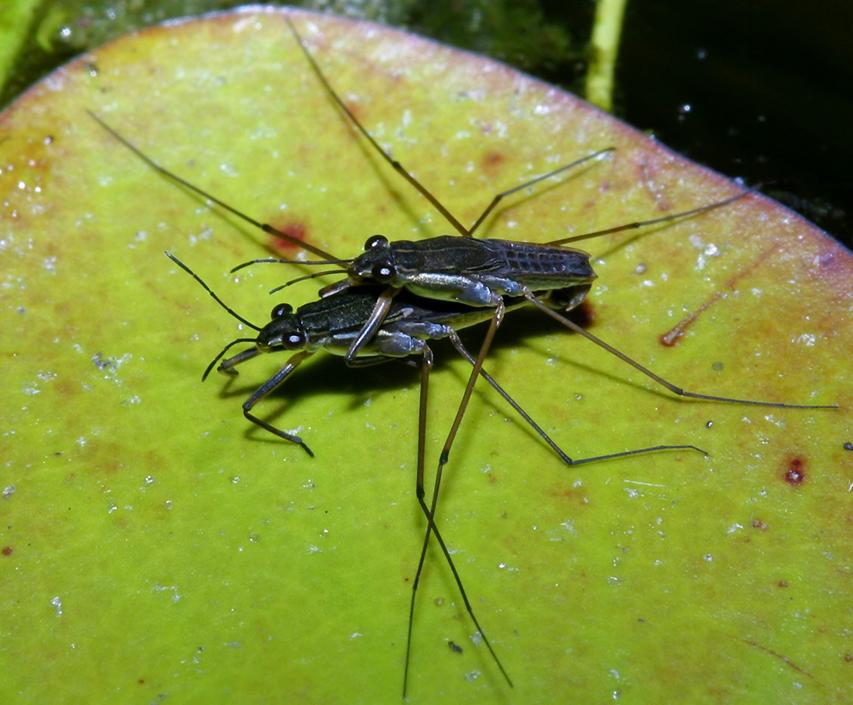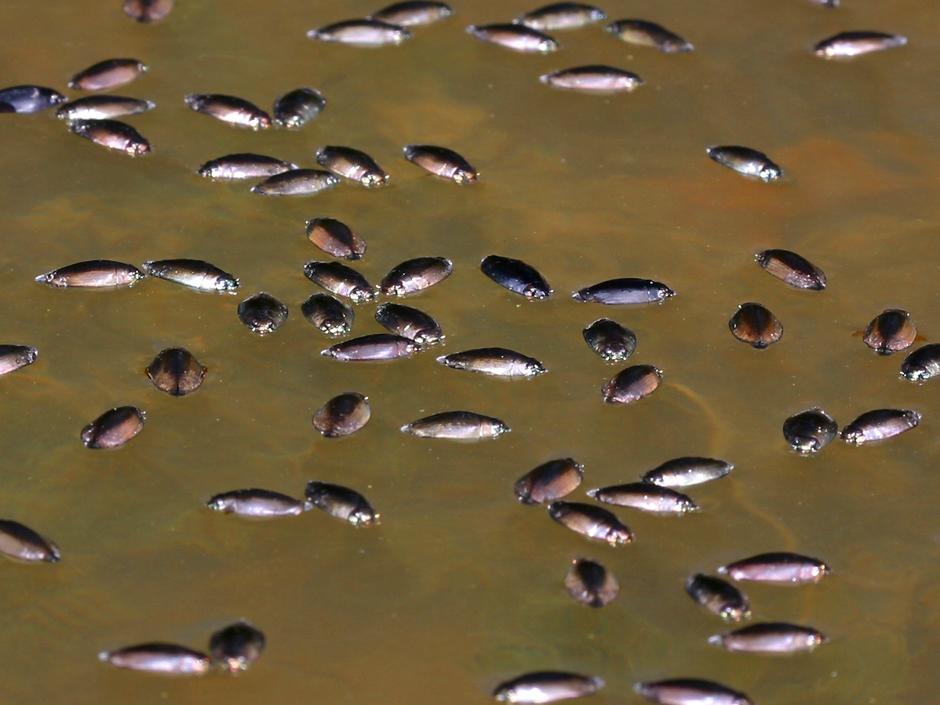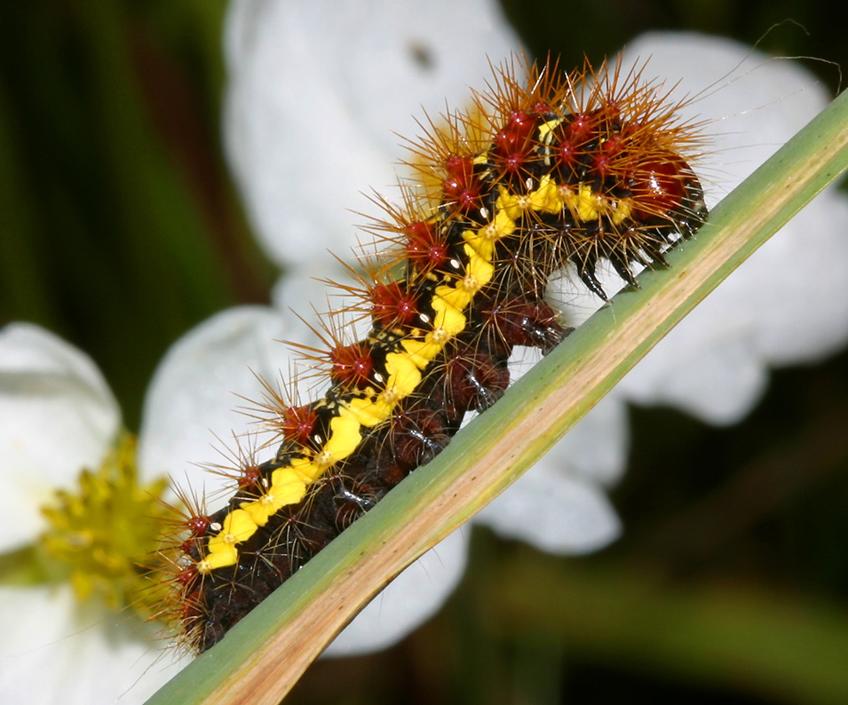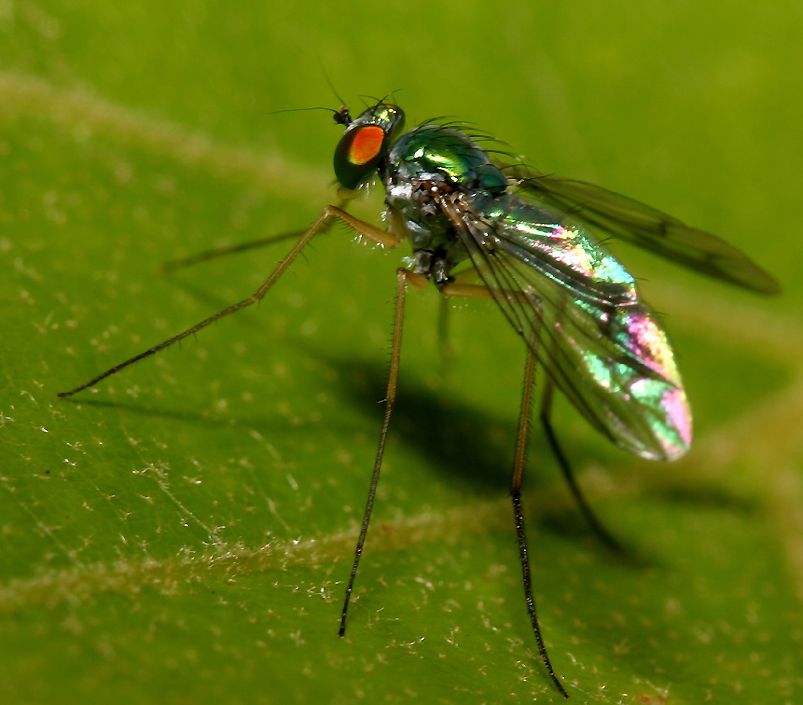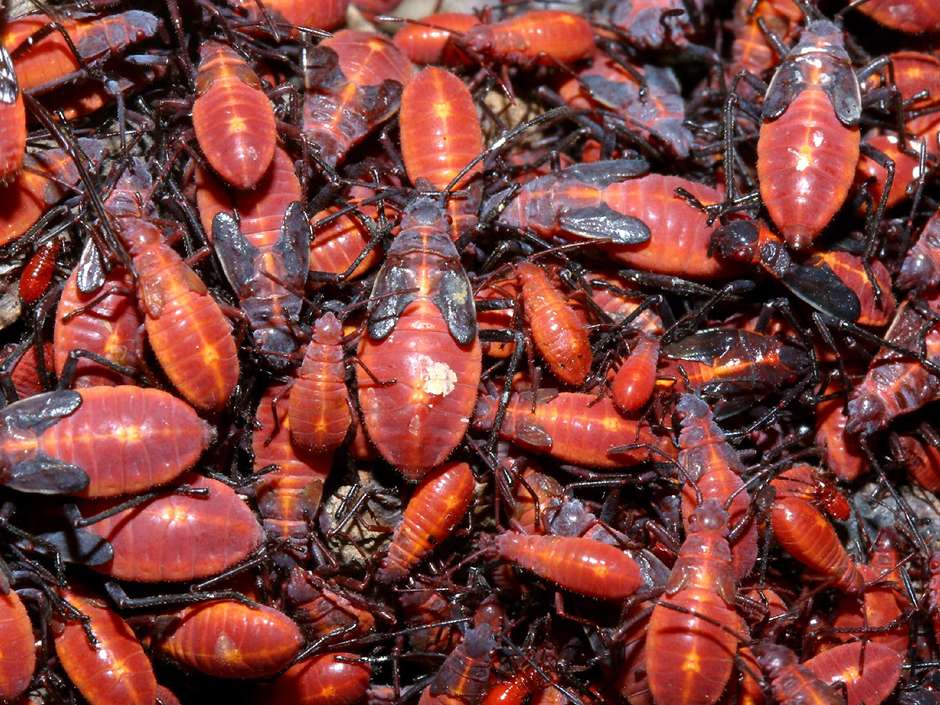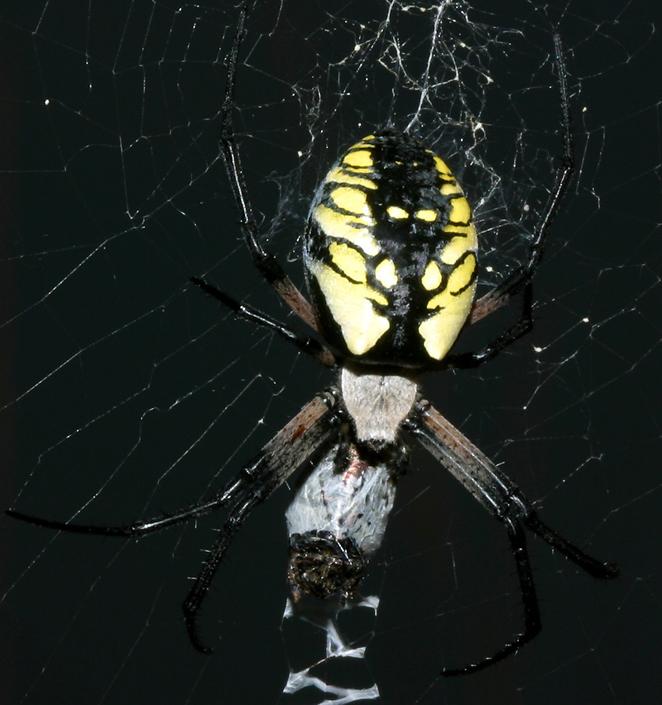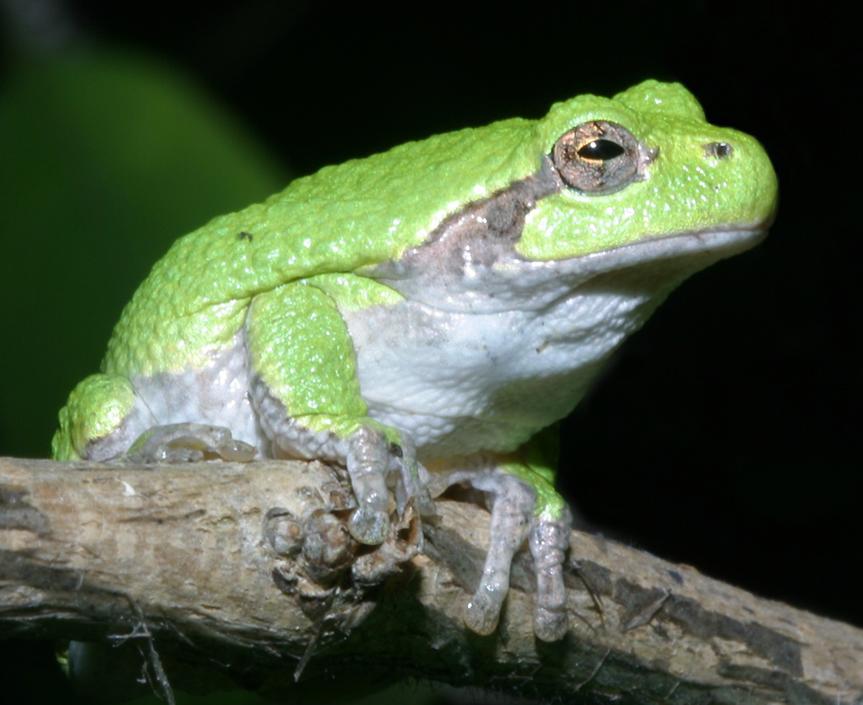Volo Bog, Illinois
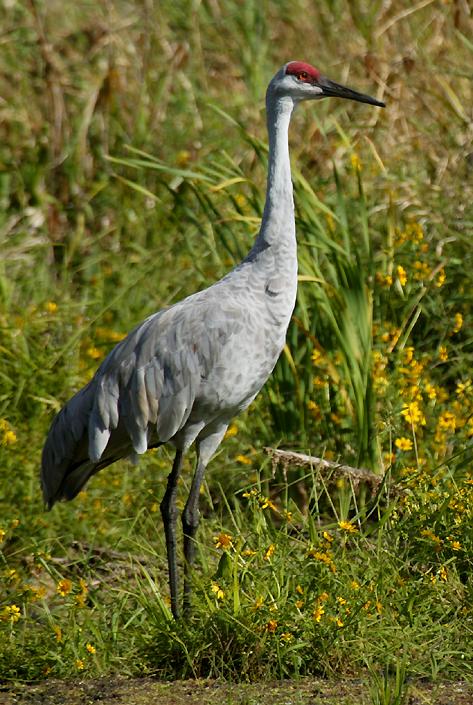 |
Here's a much more exciting avian inhabitant of the bog, a sandhill crane. They can be seen here quite often, and you can hear their prehistoric-sounding squawk even more often. They are, in fact, the oldest surviving species of bird on the planet, having been around for about six million years. Like other cranes, mating pairs do elaborate dances where they both leap into the air with their wings extended, before bowing to each other and repeating the show. They range far north during summer before flying south in winter, often flying in groups which are so high that they can't be seen from the ground. I was lucky to see sandhill cranes quite a few times while I lived in Illinois, you can see some older photos taken before I went digital on this page of adult sandhill cranes, and you can see a sandhill crane doing bad things to a Canada goose on this page about a juvenile sandhill crane. |
|
This American Lady butterfly was enjoying the pleasures of the butterfly garden near the visitor's center. American Lady butterflies look similar to Painted Ladies, but the eyespots on the rear wing are larger; for this reason naturalists use the expression "American ladies have big eyes" to remember the difference. Like monarchs, American Ladies migrate south in Fall and north in Spring. These are just three of the many species of butterflies you can see at Volo Bog. |
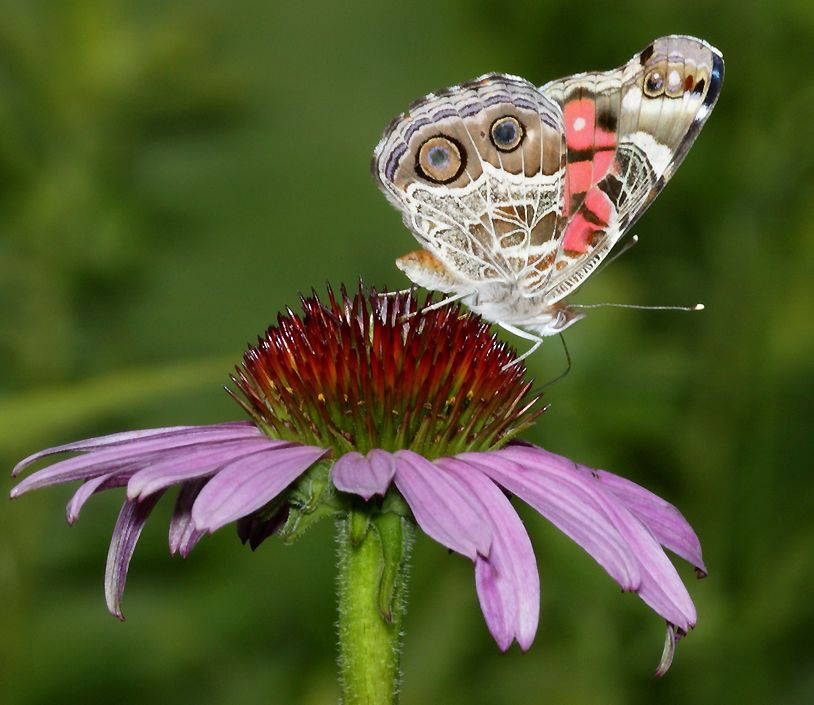
|
|
You might be surprised to learn that some butterfly species are territorial and will attack intruders. I've been buzzed and attacked by several types of butterfly, including commas and mourning cloaks. I didn't notice the butterfly below, a red admiral, until I was almost on top of it and it flew away. However, since I knew that this species is also strongly territorial, I waited and in a minute or two it came around again, flying back and forth and checking me out to see if I was a threat. After deciding I wasn't it landed back in the path and I started very slowly maneuvering towards it on my stomach to get some closeup photos. It flew away several times, but each time came back and I finally managed to get to within a few inches to get this photo. On one of its forays it even started chasing a hapless bumble bee which stumbled into its airspace, and I was surprised by how quickly the red admiral flew, and how it was able to twist and turn to follow the intruder through the bushes. Quite what it would have done if it had caught the bee I don't know, but I have been repeatedly struck by butterflies doing ramming attacks! If you look closely you'll see that it's only standing on two pairs of legs, but if you look even closer you'll see that the third pair is hooked up behind its eyes. This is a fairly common feature of several butterfly species, but one which most people don't know about. You can also see how hairy this butterfly is, which allows it to tolerate quite cold weather; mourning cloak butterflies are an excellent example of this adaptation, they actually stay right through the incredibly cold and snowy winters and are often the first butterflies that people see in Spring. Red Admirals and American Ladies also overwinter, but both species will migrate and Red Admirals in particular spread very rapidly northward during Spring. The Red Admiral caterpillar mostly eats nettles, but it will also eat hops and a few other plants. Like most caterpillars, they're quite specialized in what they will and won't eat. |
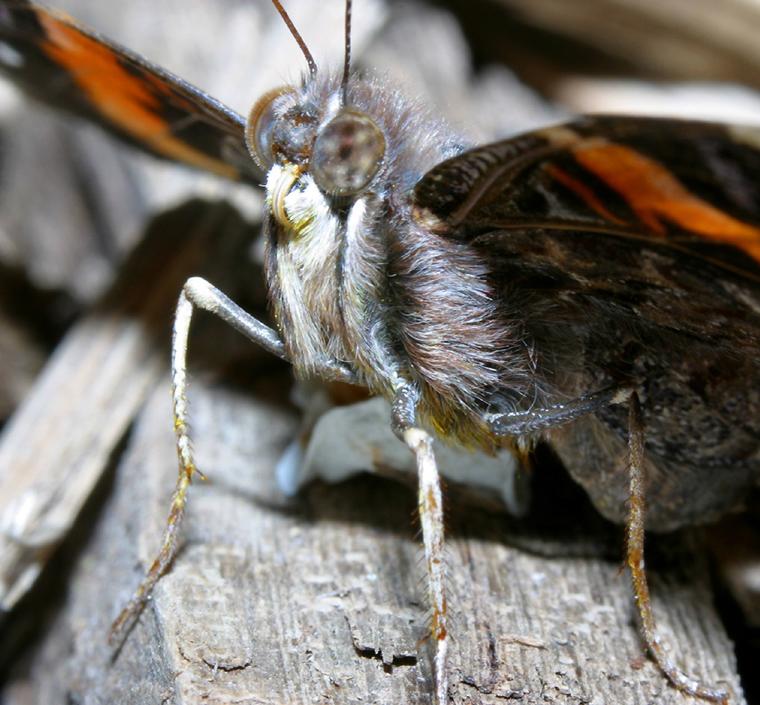
|
|
This is the caterpillar of Henry's marsh moth (Simyra henrici), which is fairly common near wetlands all the way from Canada down to Texas. The spines on caterpillars like these two often carry irritating chemicals, so you'd be smart not to pick them up! You can see many more different species on the caterpillars of Northern Illinois page. |
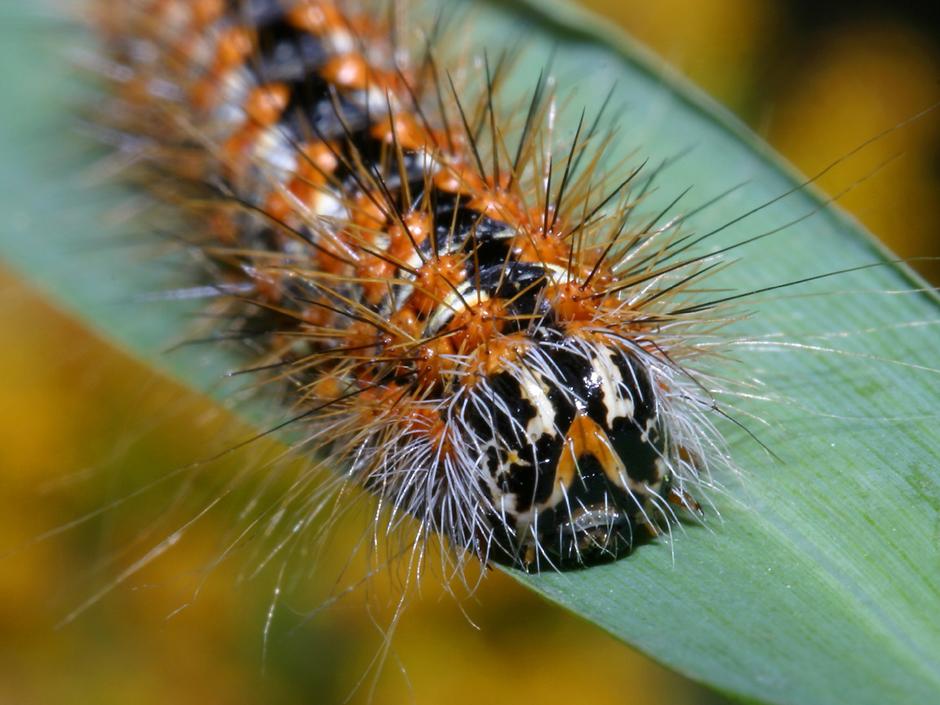
|
|
Here's a male white-faced meadowhawk; the female looks quite different, most of the time she's yellow and doesn't have the white face. You can see photos of them side by side by clicking on this shot, which will open a new window with my Dragonfly Wallpaper page. |
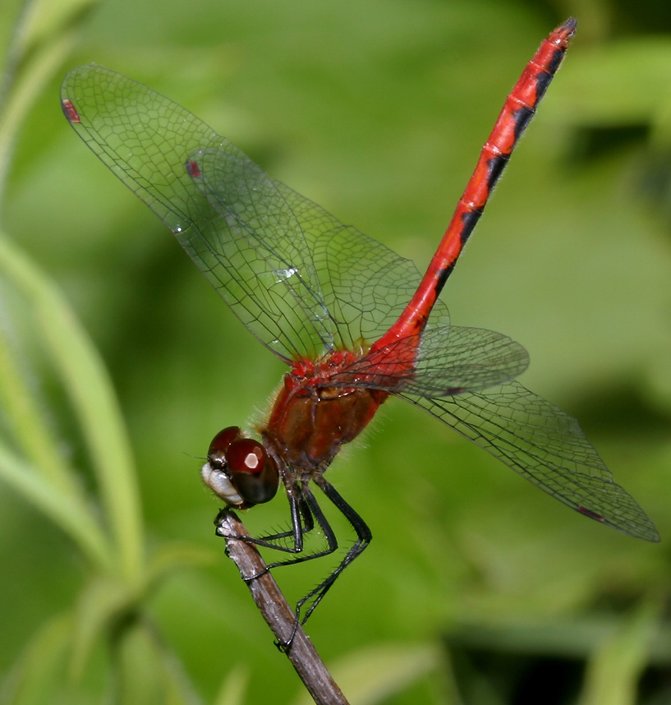
|
